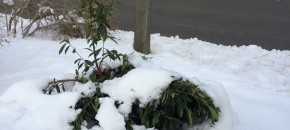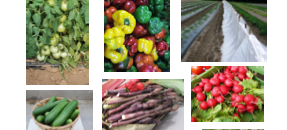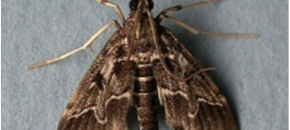This winter, especially January and February have been a bit cold, complete with ‘polar vortexes’ and lots of snow. There have been a couple of newspaper articles about how this will negatively impact insect pest populations, specifically brown marmorated stink bug. Is this true? For BMSB, most likely NO. While insects do have something similar […]
Continue reading...Spring Fever?

Hold your horses, the Spring Equinox is not until March 20th and if the 10-day forecasts hold true, then we are in for another visit from old man winter before the seasons change.
Continue reading...Drought Ends in New Jersey
Last autumn I was blogging about the drought conditions that we were experiencing. Thankfully, this winter’s precipitation, albeit lots of snow, has changed our water status in the region. The U.S. Drought Monitor no longer lists New Jersey as having abnormally dry or moderate drought. You can view more details at http://www.nrcc.cornell.edu/page_drought.html Expect I will […]
Continue reading...Commercial Vegetable Recommendations 2014 Available Online

The Rutgers Commercial Vegetable Production Recommendations for NJ, newly updated for 2014, is available for free download. Each section, crop, and topic is available separately. Having printed copies in your pesticide building or in pickup truck is also desirable. Contact your County Extension Office to purchase printed editions.
Continue reading...Considerations for Estimating Cold Hardiness in Wine Grape

The severity of the current winter weather has growers and ag agents questioning how to accurately assess vineyard damage and develop a plan for coping with the damage through cultural management. Fruit Specialist Dan Ward supplies comprehensive answers. The hardiness of grape buds and wood ranges widely among cultivars and different antecedent weather and physiological […]
Continue reading...European Pepper Moth

A south Jersey nursery/greenhouse operation has a probable infestation of European pepper moth, Duponchelia fovealis, family Crambidae. This group of moths includes European corn borer and garden webworms. Both adults and larvae have been found.
Continue reading...